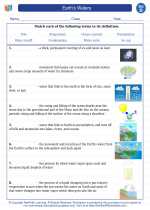The Pond Ecosystem
A pond is a small body of still water that supports a diverse ecosystem. It is home to various plants, animals, and microorganisms.
Pond Ecosystem Components
1. Plants: Ponds are often filled with aquatic plants such as water lilies, cattails, and duckweed. These plants provide oxygen, food, and shelter for many pond organisms.
2. Animals: Numerous animals live in and around ponds, including fish, frogs, turtles, dragonflies, and various insects. They form a complex food web within the ecosystem.
3. Microorganisms: Various microscopic organisms like algae, protozoa, and bacteria play important roles in the pond's nutrient cycle and overall ecosystem balance.
Pond Study Tips
When studying ponds, consider the following:
- Observe the different plant and animal species in and around the pond.
- Learn about the life cycles and behaviors of pond creatures, such as tadpoles, dragonfly nymphs, and water bugs.
- Understand the importance of the pond ecosystem for local wildlife and the environment.
- Investigate the water quality and its impact on the pond's inhabitants.
Importance of Ponds
Ponds are crucial for maintaining biodiversity and supporting various species. They also serve as habitats for migratory birds and act as natural water reservoirs.
By studying ponds, we can learn about the interconnectedness of living organisms and the delicate balance of nature.
[Pond] Related Worksheets and Study Guides:
.◂Science Worksheets and Study Guides Fourth Grade. Earth's Waters
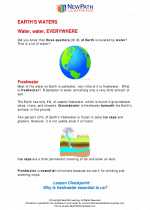
 Worksheet/Answer key
Worksheet/Answer key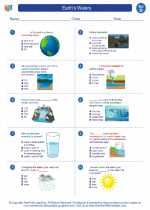
 Worksheet/Answer key
Worksheet/Answer key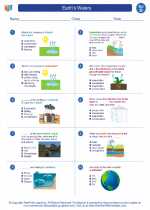
 Worksheet/Answer key
Worksheet/Answer key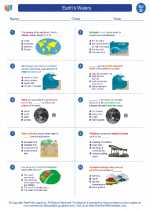
 Vocabulary/Answer key
Vocabulary/Answer key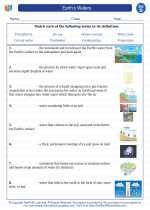
 Vocabulary/Answer key
Vocabulary/Answer key